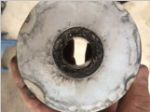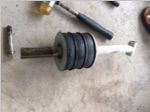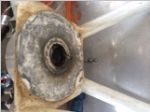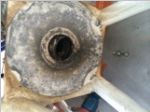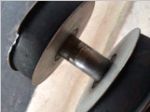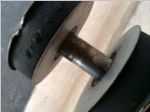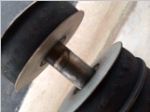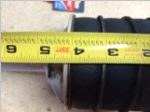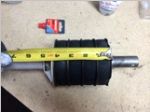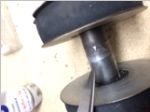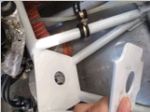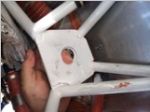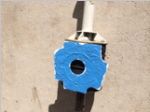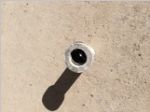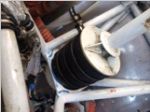Service Bulletin SB 14-8-29
Completed 9/6/2014
approx. 1070 hours
This fall thanks to my buddy Vic spotting some light rusty
cracks in his engine mount, Van's found one area of potential
failure for some of the RV-10's out there. It should be
noted that there are now well over 700 RV-10's flying, and many
have accumulated over 1,000 hours and countless landings, so the
fleet is aging and has gained a lot of experience over the
years. That's why it was a bit unusual to find something
that snuck up on everyone. The reason in, the failure is
in an area that wouldn't normally be closely inspected by most
builders for many many years, unless there were a highly obvious
defect. Thanks to Vic's keen eyes though, this one didn't
slip through the cracks. Following the forums, I've found
that there are so far about 3 people that this has affected, so
it's a rare issue, but an important one. It also has only
affected people who flew out of rough grass strips on a normal
basis.
The situation is this:
On the engine mount is a metal plate where a stack of 4
elastomeric rubber donunts compress up against. These
donuts also have a bonded on brass plate (it could be aluminum
but I don't think so), on them, that lays flat against the
engine mount, and the bottom of the shaft attaches to the nose
gear leg. When you hit a bump, the forces are transferred up
that shaft to compress those donuts against the engine mount, as
a shock absorber.
Above that metal plate is a circular well surrounding the shaft
that sticks up through the mount. On top of that shaft
sits a big ol' Abraham Lincoln style top-hat piece of metal with
a bolt that goes through it and the shaft to hold it on.
Under that top hat sits 1, 2 or 3 washers, to take up any
looseness in the rubber donuts...it forces the donuts to stay
compressed against the engine mount tightly, even under no
weight load. Over time, these donuts compress...initially
a lot, then less over time. As they compress, you have to
keep adding washers to keep that area tight, or the gear leg can
bounce with no compression on the donuts, causing even more
force to be applied to the face of the plate in the engine
mount. If you let it get loose, you will be at a higher
risk of failing that plate in the mount.
The builders with cracks, had nose gear that had been pushing up so hard with those elastomers, due to rough runway ops, that the plate on the engine mount was flexed upward until cracks radiated out from the center hole...in one case the metal was almost falling out on it's own.
Here are some pictures of the cracking found, and of elastomers
that had compressed quite a bit
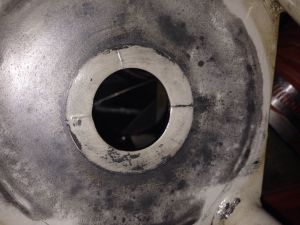
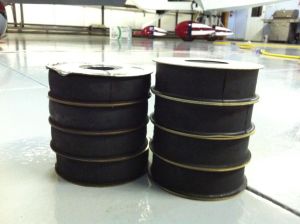
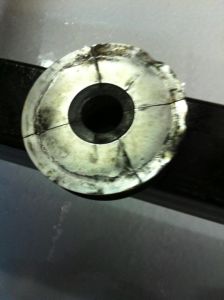
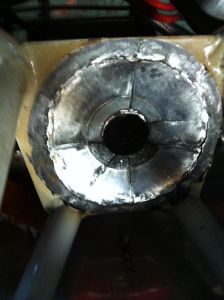
Now the issue is bad enough with just cracking, but, if the
pieces of metal get lost from the engine mount plate, that top
hat can pull through, and potentially cause the nose wheel to
swing back under the airframe, which would make for a very noisy
landing!
So, along comes SB 14-8-29 to fix
the issue.
This SB basically has 2 parts to it...one for people with
cracks, and one for people without. New engine mounts
aren't subject to the SB, so they did fix this for future
builders. The crack-fix version has some welding involved
and will take a lot more time. The no-crack version, which
most people will need, is much simpler.
I was lucky that even with 1070 hours, and a bunch (maybe 50 or
so) grass strip landings, with many at near gross wt, I didn't
have the problem. I've also always kept weight off the nosewheel
on landing, and during taxi, so that I'm sure helps too.
